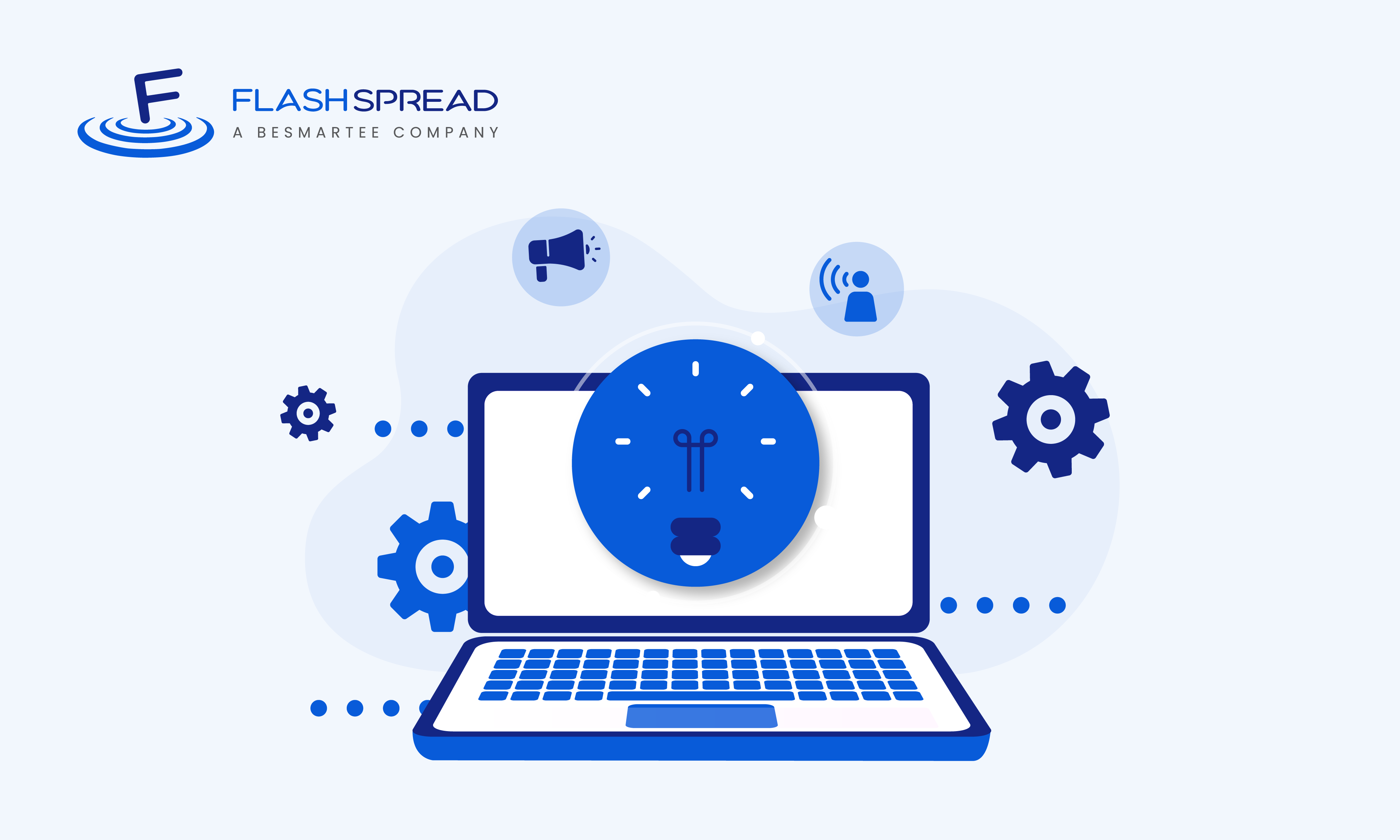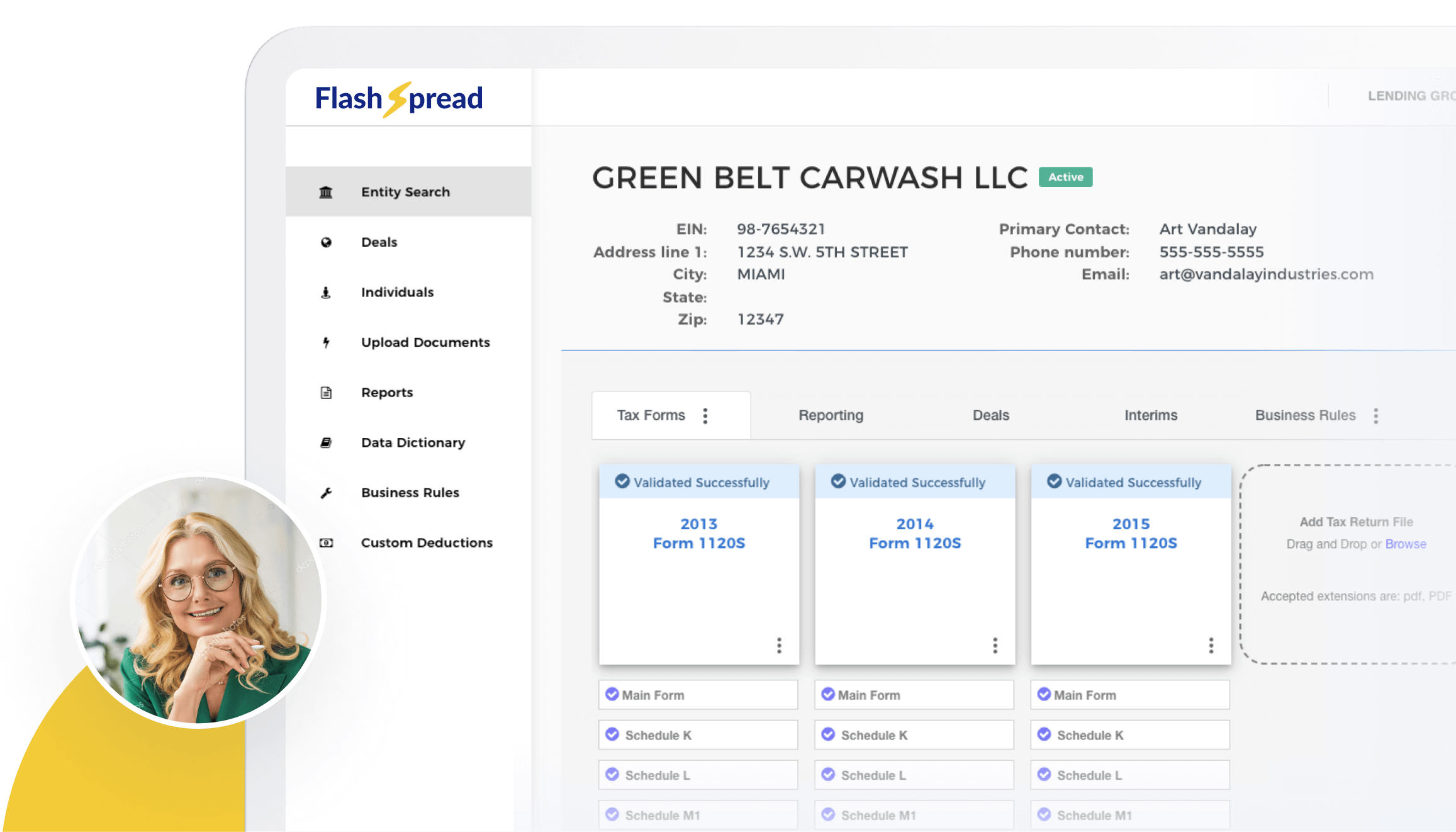Data security is the act of protecting digital information from unauthorized access, corruption or theft. It applies to every part of information security, from software applications and administration to the actual physical security of your hardware and storage systems.
Good data security is important for protecting your organization and your clients from cyberthreats, human error, insider infiltrations and your clients from access to or release of their private information to bad actors.
Cybersecurity incidents, including malware and ransomware, can be extremely costly. In addition to the time it takes to restore your systems and data, you may have to pay ransom in addition to fines, credit monitoring and/or legal fees. It is far better to do all you can to protect your data than deal with the fallout after a breach.
Data security requires understanding of where your data resides, who gains access to it and how they are using or intend to use it. This understanding then allows your organization to apply data protection strategies, such as FlashSpread’s financial data automation software, to ensure your clients’ information remains private. Brave the ever-changing cyber-security landscape by understanding what the threats are, where they come from and the best steps to take to protect against them.
Table of Contents
Biggest Threats To Data Security
The greatest threats to data security aren’t obscure events; anyone working with data in any setting recognizes that these threats and events can be devastating.
1. Human error
Human error is, statistically, the biggest threat to data security and integrity, but it is also the most benign. It is, simply, a mistake with no ill intent behind it. However, that doesn’t mean it can’t be just as devastating as a computer-generated attack. The errors can be security-related, such as compromised passwords or weak user credentials, or they can involve missing, inaccurate or incomplete data.
Both put your clients at risk, but in different ways. Security-related issues can affect not just clients but also your financial institution. Social Security numbers and other identifying information are usually the target, and rather than attacking your systems, hackers are gathering information. They are seeking banking account numbers, credit card numbers, and even user account data. Any data breach can hit your institution’s reputation, integrity, and finances.
2. Ransomware
Ransomware attacks are costly at best and completely devastating at worst. A ransomware attack is when a hacker essentially holds your computer system hostage for ransom, typically paid in bitcoin or other cryptocurrency. Domestically, banks paid out over $1B in ransomware payments in 2021, almost triple the rate from 2020 and well more than any other industry paid.
3. Malware
All ransomware is malware, but not all malware is ransomware. Malware can include:
- Bot attacks
- Worms, or rapidly-replicating, automatically-spreading malicious viruses
- Trojan horses, which are hidden viruses that can infiltrate your computer and network
- Adware and spyware, which are malicious programs that, respectively, analyze website use and secretly gather sensitive information for hackers
Malware infiltrates your computer and damages your data and, if you’re hooked into a network, malware can travel from computer to computer.
Subscribe to BeSmartee 's Digital Mortgage Blog to receive:
- Mortgage Industry Insights
- Security & Compliance Updates
- Q&A's Featuring Mortgage & Technology Experts
Where Data Security Threats Come From
Data security threats can come from abroad and from down the hall. Large corporations and governments may face threats from hostile nations, terrorist organizations or criminal groups who aim to cause as much damage to infrastructure as possible. Any business or person is open to hacking, and you may even find that the bad actor is sitting in the next office. In some ways, those are the worst breaches because instead of some invisible “they” on the Internet, the perpetrator is a known individual who you or your company trusted.
Maintaining Data Security
With all these threats, how do you keep your systems and data secure? The battle is forever ongoing, but there are some proactive ways to protect you and your clients from compromise.
1. Education
Train all your employees, including temporary and contract workers, in data and cybersecurity awareness. Teach them how to spot a suspicious email, a spoofed account number or even an active threat. Everyone needs to understand what is at risk should your institution fall victim to a data breach. Similarly, your clients need to be aware of the risks that come from using mobile applications or accessing their account information in public or via unsecured internet connections.
2. Vigilance
Vigilance is a multi-step process: first you have to set up a security plan and parameters that everyone has to meet, like two-factor authentication, data encryption, strong login protocols and multi-step account management. Require frequent password changes, and even go as far as running employee security checks on an annual basis.
Then, establish an incident response plan. You need to have a fast response time if your data security is breached, so you should have a well-written plan that outlines exactly who does what. Even seconds can cost you and your clients money and peace of mind, so make data security drills a part of your safety plan.
3. Automation
Like vigilance, automation is a multi-part solution. You can automate both your data processes, if you haven’t already, as well as your data security operations. Automated data collection and processing streamlines applications and virtually does away with the human error component of data security.
Likewise, automated data security means that you can relax your vigilance a bit; with machines always on the lookout for threats even when nobody is working, you can rest assured that your data is well-protected.
Learn more about how FlashSpread can automate your lending processes and protect against data security threats.




